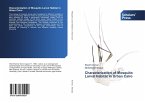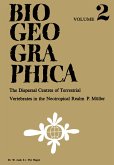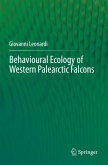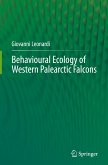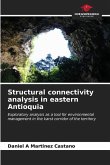Most marine organisms that live near the coast broadcast their eggs and larvae into the vast expanses of the ocean. In many species, this pelagic episode is the sole opportunity for dispersal. As such, it structures the connections between populations which, in turn, determine the demography and genetic composition of coastal communities. Contrary to common belief, these "larvae" are not just drafts of the adults, passively roaming the ocean; they are very specialised organisms, often tightly adapted to their environment. In this book, I strive to evaluate the consequences of the behaviour of fish larvae during their pelagic life. I present experimental approaches to quantify larval orientation and swimming in situ. I detail the analysis of data collected during an oceanographic cruise to characterise the distribution of larvae in three dimensions and understand physical-biological interactions in the ocean. Finally, I introduce a novel modelling framework, drawing from cost minimisation techniques traditionally used in economics or in the optimal foraging theory, which allows to integrate larval behaviour into Lagrangian models of larval dispersal.
Bitte wählen Sie Ihr Anliegen aus.
Rechnungen
Retourenschein anfordern
Bestellstatus
Storno


